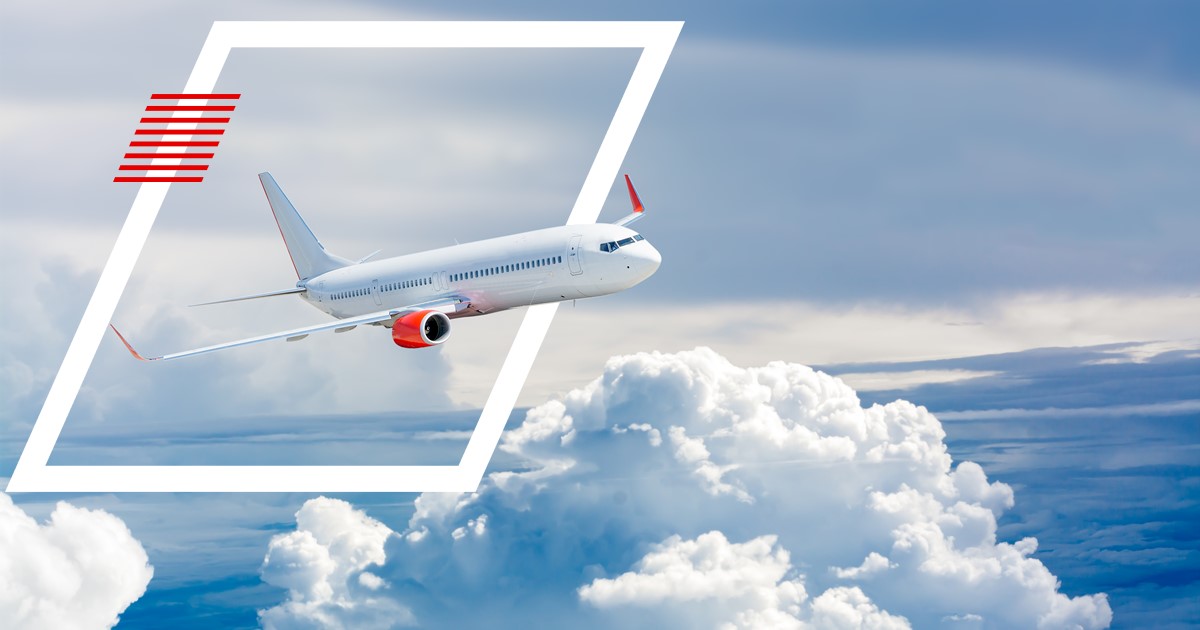Over the last six years, Sabre has engaged in research with graduate students at The University of Texas at Austin. This mutually beneficial partnership allows our team to get additional perspectives on current industry challenges, while helping students gain practical, hands-on research experience with real-life situations.
Historically, we have collaborated with student teams on numerous projects including manpower planning, fleet planning, preferential bidding, vacation bidding, and crew forecasting. Many of the projects have evolved into features within existing product portfolios, like Crew Planner availability forecasting, which is one of the first services featured in our recently announced Sabre Travel AI™ – an artificial intelligence (AI)-driven technology platform and travel industry first.
“Our collaboration with UT Austin over the last several years has been valuable for both sides,” noted Sergey Shebalov, VP of research science at Sabre Labs and a sponsor of the UT collaboration program. “Students participating in the program are exposed to some of the most challenging problems we face in the travel industry and get practical experience solving them in an environment that replicates their future careers.”
During Q1 2021, we worked with two graduate students and two students pursuing doctorate degrees, all of whom study operations research and industrial engineering. The focus of this year’s research effort was on flight trajectory optimization.
What is flight trajectory optimization?
Optimizing flight trajectories consists of designing and choosing the best possible path for a flight to take, accounting for a multitude of factors like wind, fuel consumption, and regulations in global airspace. The rules for how aircraft use global airspace are changing to facilitate growth and allow for more environmental, fuel efficient flying. Until recently, all flights had to follow predefined coordinate points in the sky known as nodes. Now, some air traffic control areas in Europe allow for Free Route Airspace (FRA), in which aircraft can fly outside of nodes. When flights can operate on dynamic pathways, airlines can further optimize time and fuel. The freedom to construct routes dynamically within FRA adds considerable complexity to the optimization of flight paths.The challenges to understand and solve
This year’s challenge was to find the best possible algorithms to generate optimal flight paths that also account for FRA. To explore this problem, the team focused on three main research questions:- What is the best compromise between two algorithm approaches that will yield faster and/or more accurate results – (a) One that our current system uses where altitude and speed are factored in separately after other partial 3D routes are calculated, and (b) An approach where all factors, including speed and altitude, are factored in simultaneously, which can be error prone due to its complexity and the abundance of possible results?
- What is the impact of Free Route Airspace compared to traditional airway models?
- How can we utilize existing routes and speed up existing calculations?
Map of Free Route Airspace model (left) compared to a map of traditional airway models that use nodes (right).
